
|
Olympus E-3 Image Samples — Part 2 |

|
My other articles related to the |
|
The samples in this page were shot under varying light conditions, to show, mostly at least, how does the E-3 handle the colors, therefore the 1:1 fragments may not be as meaningful as in These are out-of-camera JPEGs, as we are not comparing various raw-to-RGB converters here. Bowie Town Center This was my first date with the camera, the beginning of our five-week relationship. The day was overcast but not gloomy, and I chose an early afternoon to take a walk through a nearby shopping center. Note to the European Readers: a "town center" in this context means a huge parking lot, with a fake main street in the center pretending to be a small downtown. It may remind you of a town built for a Western movie; but really it is just a shopping mall without a roof. All pictures in this section used the Natural Picture mode with no adjustments, Normal gradation, auto WB, noise filtering off; saved as 1:2.7 JPEGs. Center-weighted metering was used. Shooting from hand, I had image stabilization enabled. | ||
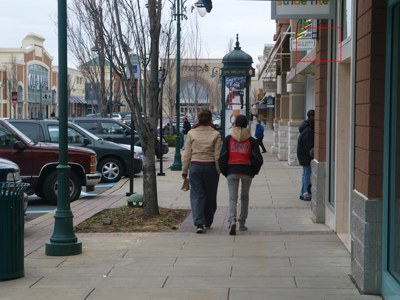
|
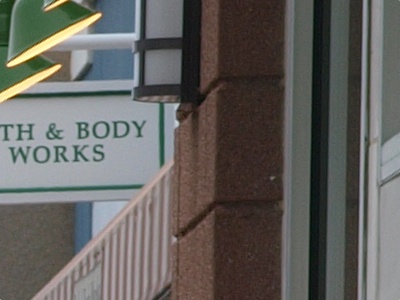
| |
| [1] 12-60 mm F/2.8-4.0 ZD SWD at 42 mm; aperture priority (-0.3 EV): 1/60 s at F/6.3, ISO 100 [full frame] | ||
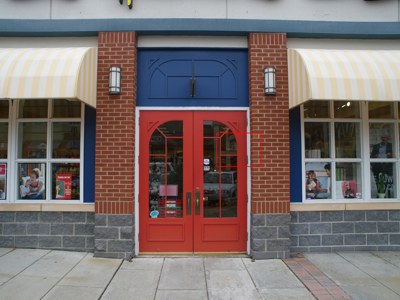
|
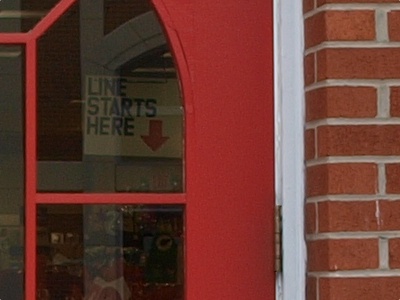
| |
| [2] 12-60 mm F/2.8-4.0 ZD SWD at 12 mm; aperture priority (-0.3 EV): 1/60 s at F/6.3, ISO 100 [full frame] | ||
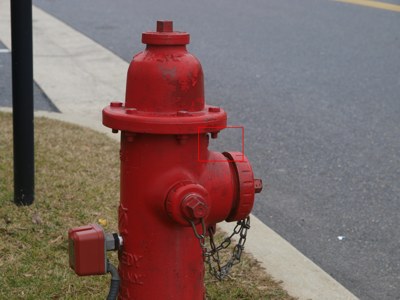
|
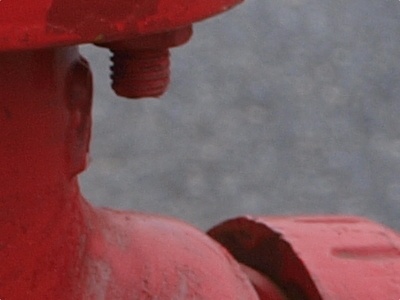
| |
| [3] 12-60 mm F/2.8-4.0 ZD SWD at 52 mm; aperture priority (-0.3 EV): 1/60 s at F/6.3, ISO 100 | ||
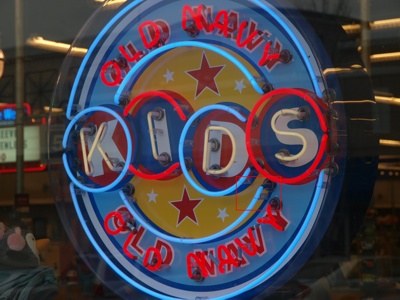
|
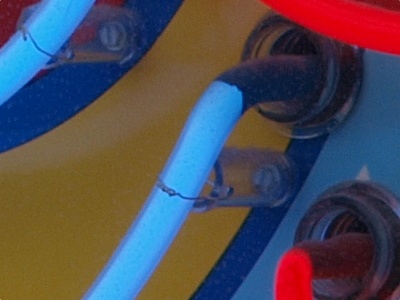
| |
| [4] 12-60 mm F/2.8-4.0 ZD SWD at 60 mm; aperture priority (-0.3 EV): 1/90 s at F/6.3, ISO 100 | ||
|
Because this was my first real use of this camera, I used autoexposure bracketing: three frames 0.3 EV apart from the non-compensated reading. In almost every single shot of this series, the version at -0.3 EV was most to my liking. This was no surprise: I like my images a bit darker than many others (and a bit darker than the Olympus' default), even if that calls for stretching the histogram a bit in postprocessing. This also tends to give me deeper (but not overly saturated) colors. | |
|
Even in case of the first sample, with the paper-white sky, this exposure turned out to be just right, protecting the sky from being washed-out: have a look at the accompanying luminance histogram. |
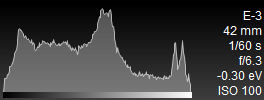
|
|
Sample [3] did not really need the -0.3 EV adjustment (no bright areas in the picture), but, still, I prefer the darker version. With no bright spots, the histogram ends a bit lower, as it should. |
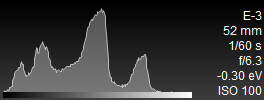
|
|
This first series established the rules of the exposure game with the E-3, which remained unchanged after additional trial runs with matrix metering (where I could not see much difference), and under varying conditions. Reliable and boring. Cameras, unless broken, don't over- or under-exposure; photographers do. The colors turned out natural and well-defined, not overdone, and the auto white balance was OK (another series from that day, using the "cloudy" preset, was a bit pinkish, nothing difficult to adjust in postprocessing). Links to two full-frame images are given in captions. Sample [1] was included here so that you can have a closer look how the E-3 handles the objects against the paper-white sky (one of the toughest jobs, I would say, always a risk). The other one, [2], is interesting for another reason: note the waving (w-shaped) horizontal line near the top frame edge. No, this in not how the building was constructed (although we can expect that when the graduates of our current school system hit the job market). This is the unusual shape of the geometric distortion of the lens at this focal length. More on this in the 12-60 mm F/2.8-4.0 ZD lens write-up. A few random samples Maybe not quite random; each was selected to show something, but these samples are from various sessions spanning a month or so. | |
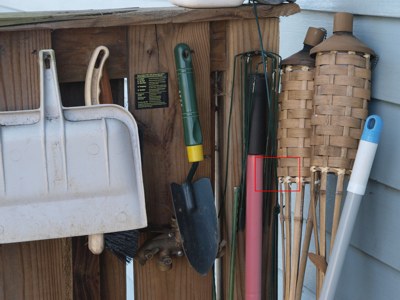
|
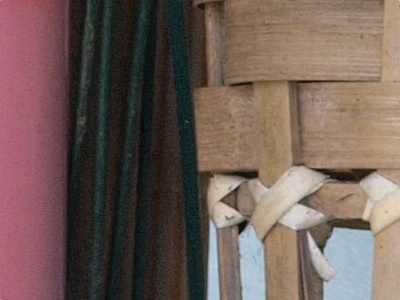
| |
| [5] 12-60 mm F/2.8-4.0 ZD SWD at 35 mm; aperture priority (-0.7 EV): 1/80 s at F/5.6, ISO 400; WB at "sunny", sharpness and contrast at N-1 | ||
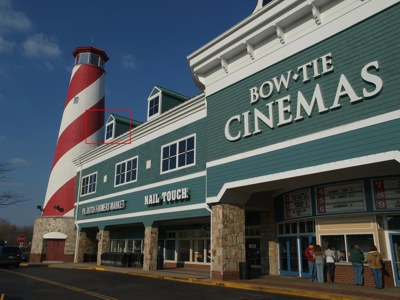
|
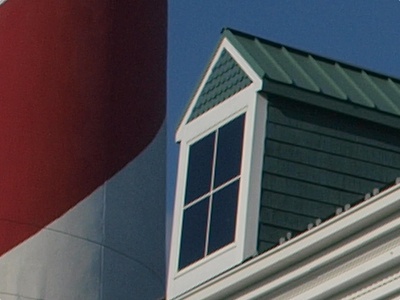
| |
| [6] 12-60 mm F/2.8-4.0 ZD SWD at 17 mm ; aperture priority (-0.3 EV): 1/1600 s at F/5.6, ISO 100; WB at "sunny", sharpness and contrast at N-1 [full frame] | ||
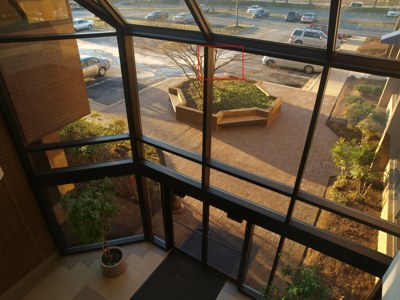
|
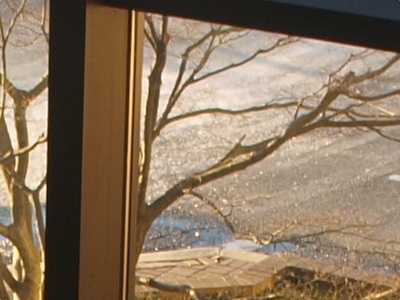
| |
| [7] 12-60 mm F/2.8-4.0 ZD SWD at 12mm; aperture priority (-0.3 EV): 1/20 s at F/5.6, ISO 100; WB at "sunny", sharpness and contrast at N-1 | ||
|
Sample [5] was chosen to show you how E-3 handles soft, pastel colors. Nicely, it does not make shout at you. The other two do not need comments. To wrap things up, three more samples. |
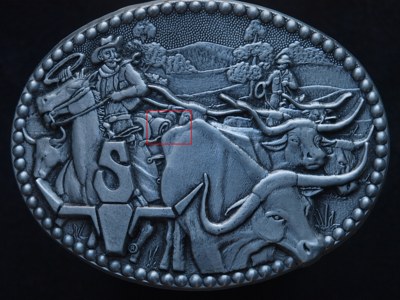
|
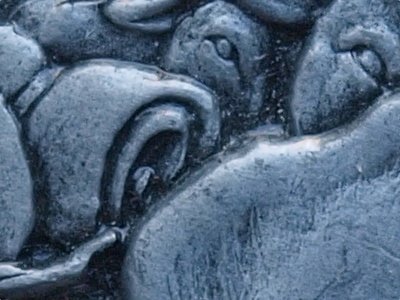
| |
| [8] 12-60 mm F/2.8-4.0 ZD SWD at 60 mm; aperture priority (-0.3 EV): 1/20 s at F/8, ISO 400. WB at "sunny", sharpness at N±0, contrast at N-1, noise filter off. | ||
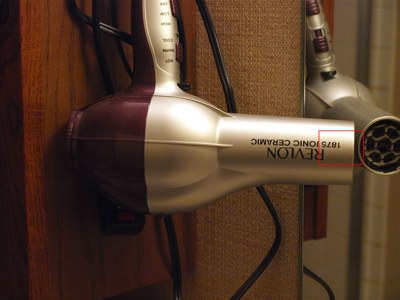
|
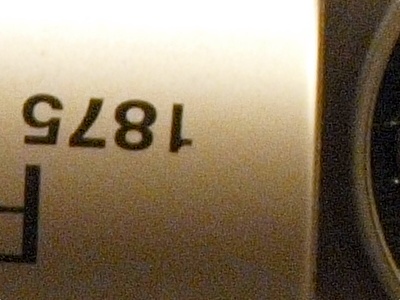
| |
| [9] 14-42 mm F/3.5-5.6 ZD ED at 40 mm; aperture priority (0 EV): 1/25 s at F/5.6, ISO 1600; WB at 3000° (tungsten), sharpness and contrast at N±0, NF off. | ||
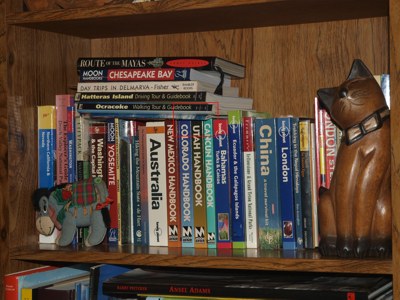
|
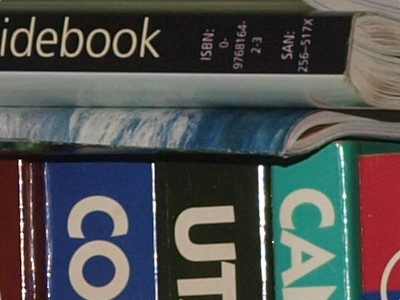
| |
| [10] 12-60 mm F/2.8-4.0 ZD SWD at 43 mm; aperture priority (0 EV): 1/80 s at F/5.6, ISO 200; flash WB (5300°K), sharpness and contrast at N-1, NF at Low. | ||
|
Sample [8] shows how good ISO 400 can be; actually, I had problems in telling this apart from ISO 100 in blind comparisons (possible, but only when you know where too look). [9] is an ISO 1600 demonstration: I have more grainy pictures from ISO 200 negative film, and this frame shows no banding; note that noise filtering was disabled here. Then, [10] is just a demonstration of colors with the built-in flash; identical to what I was getting from all other Olympus SLRs from at least E-300 to E-510. More E-3 samples For writing this series of articles I shot almost 3000 images with that camera. Some of them are presented in other pages at this site. Here they are:
|

|
My other articles related to the |
|
Evolt® and Olympus® are registered trademarks of Olympus Corporation.
This page is not sponsored or endorsed by Olympus (or anyone else) and presents solely the views of the author. |
| Home: wrotniak.net | Search this site | Change font size |
| Posted 2008/03/01 | Copyright © 2008 by J. Andrzej Wrotniak |